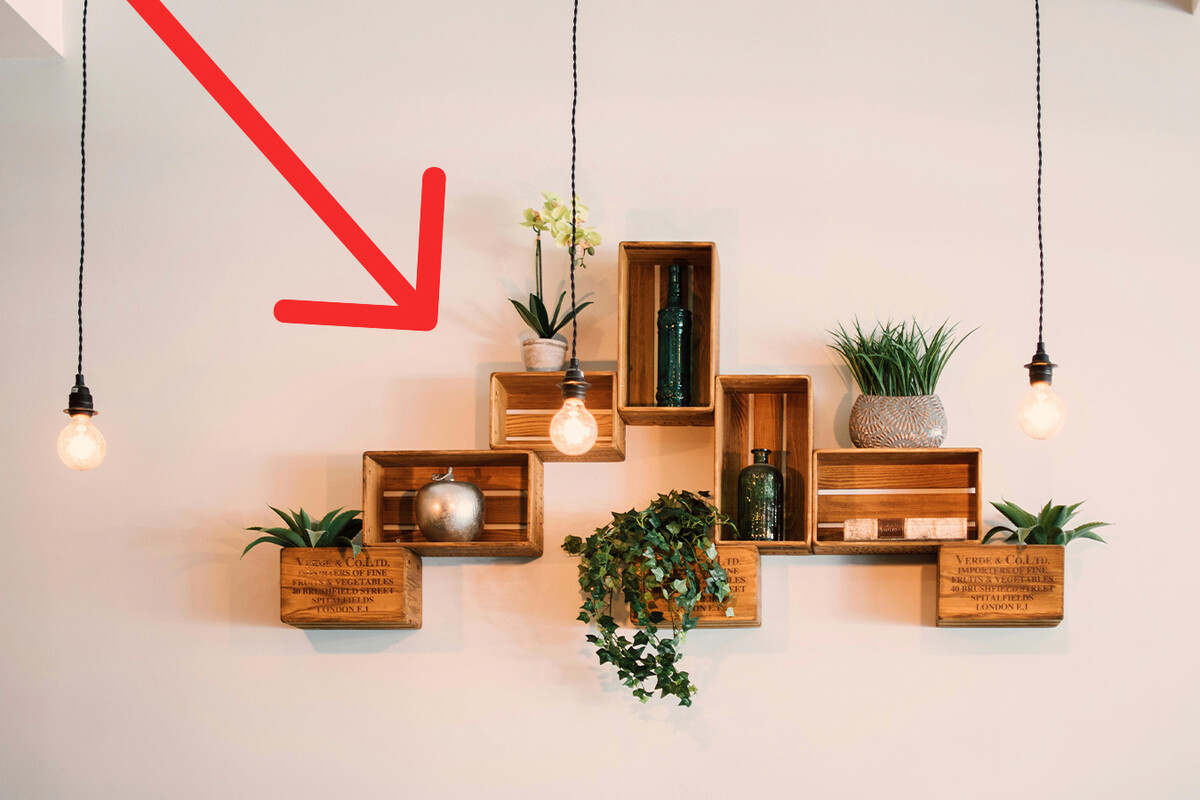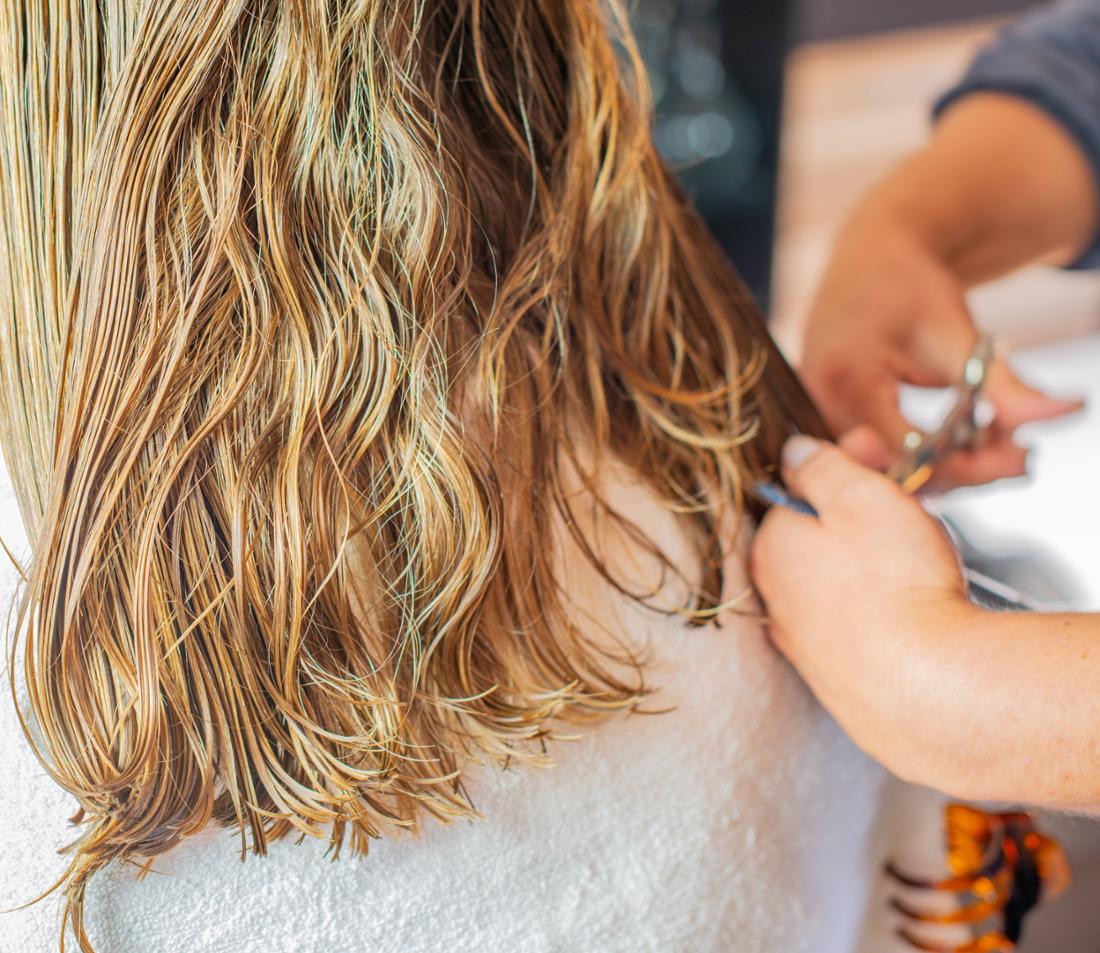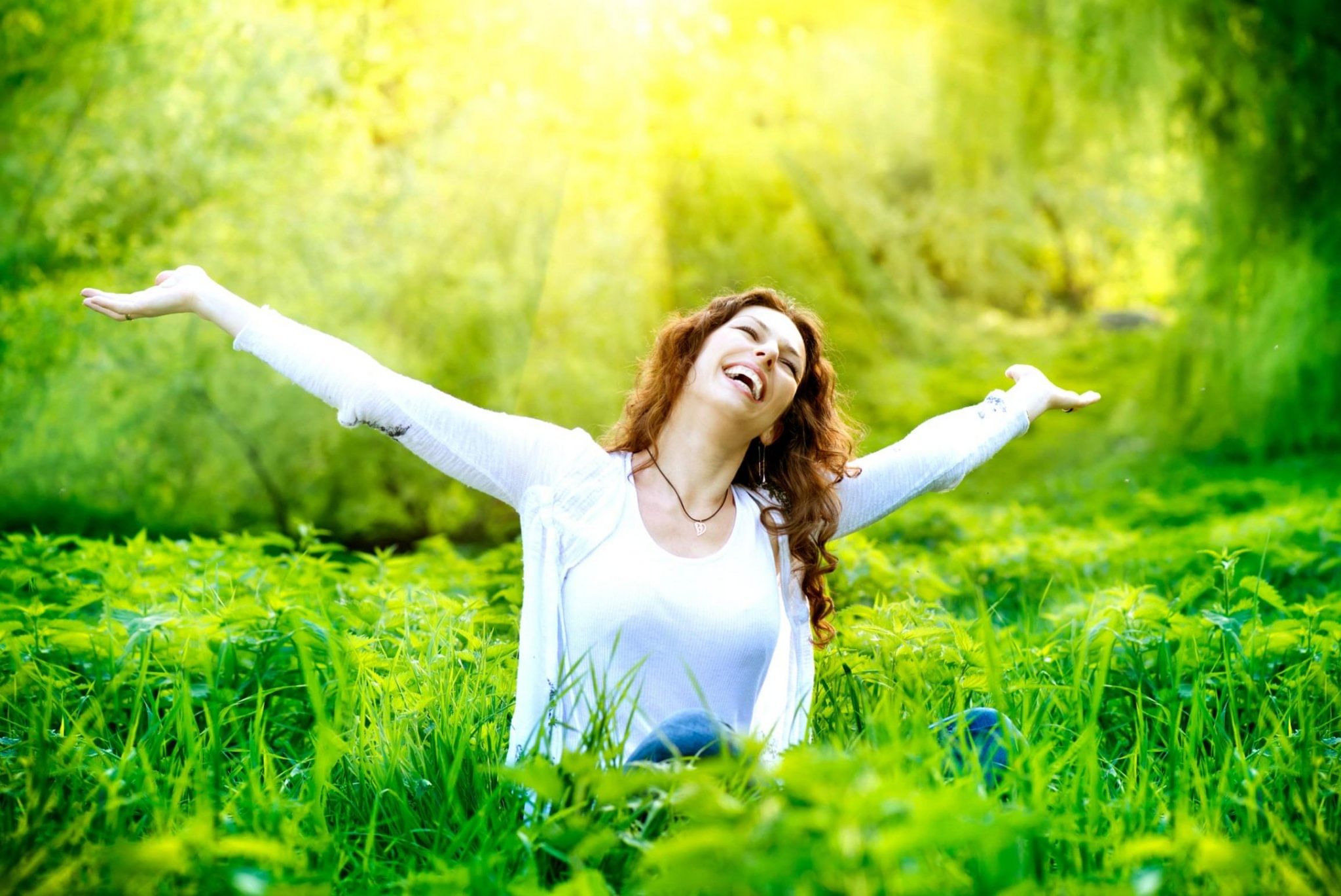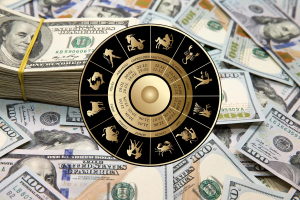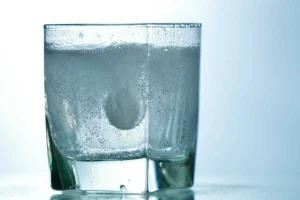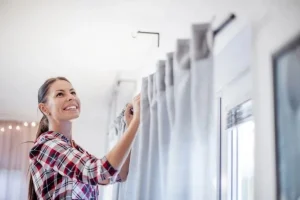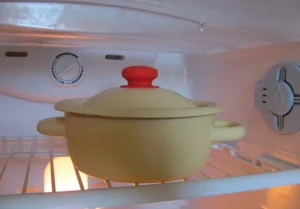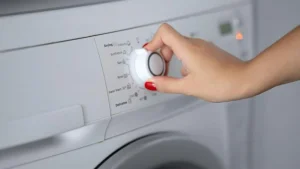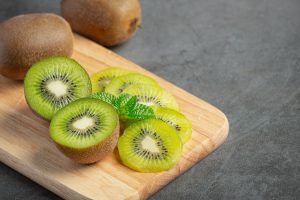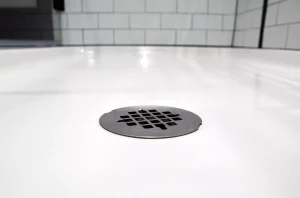Independent adulting: buying things you couldn’t afford before; coming home late without telling anyone; washing dishes all day; having pets or plants, or both. Regarding the latter, it is increasingly common to see members of Generation Y filling their departments with plants in order to have some responsibility, which is also their hobby.
However, there is a related problem that almost no one talks about: the lack of light in apartments . Quite rightly, when you leave your parents’ home and move into an apartment, especially the first one you rent, you realize that good lighting is a real luxury. In large apartment complexes, that luxury is not appropriate on the ground or first floors.
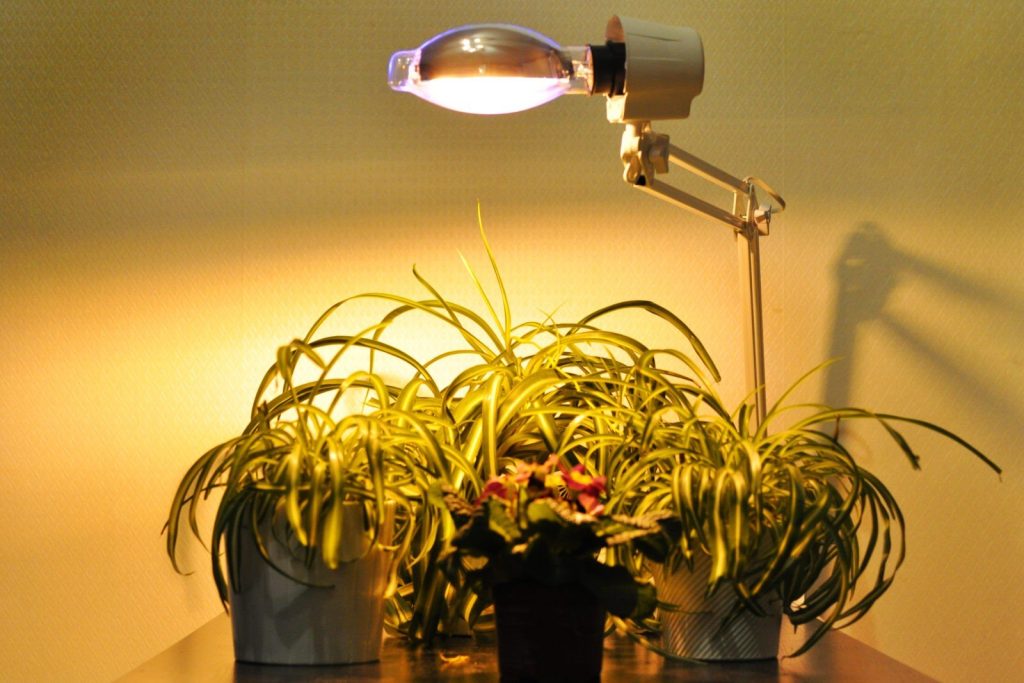
How to make sure my plants get light when the sun is not shining on them
Light is one of the most important elements for the growth and health of your plants. The amount and quality of light can affect whether your plant will thrive or wither. In fact, not only can its growth be affected by a lack of light, but also by an excess of light.
This is because light is vital to the process of photosynthesis, a chemical process that occurs in plants, algae and some types of bacteria when exposed to sunlight. In this process, water and carbon dioxide combine to form carbohydrates, or sugars, and oxygen is released, which is essential for animal and plant life.
To solve the problem of lack of light, artificial lighting can be used. In this case, artificial lighting such as LED lighting is great for compensating for the lack of sunlight for your plants. However, it is important to place them 30-40 centimeters away from the plants and adjust the exposure depending on the species.
According to experts, it is recommended that the lighting is of high quality and, if possible, has red and blue LEDs to stimulate growth, germination, flowering and fruiting. They are also easy to install and kept at an appropriate distance from the plants. Remember that plants require different types and intensities of light, so you should know your plant type.
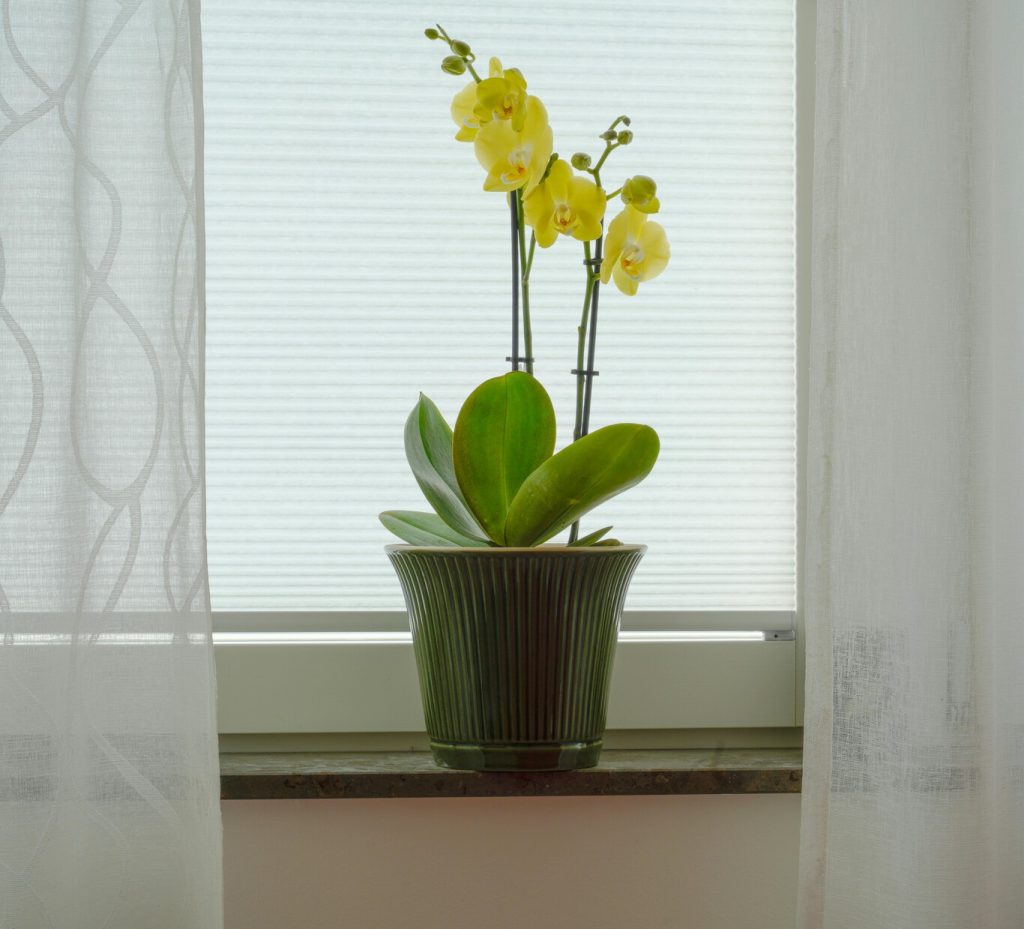
What happens if I don’t light my plants?
If plants lack light, they may show symptoms of stress, such as pale or yellowish leaves due to low chlorophyll production; elongated and weak growth as plants struggle to reach the light rays; small, widely spaced leaves; and lack of flowering because they have no ability to produce flowers.
